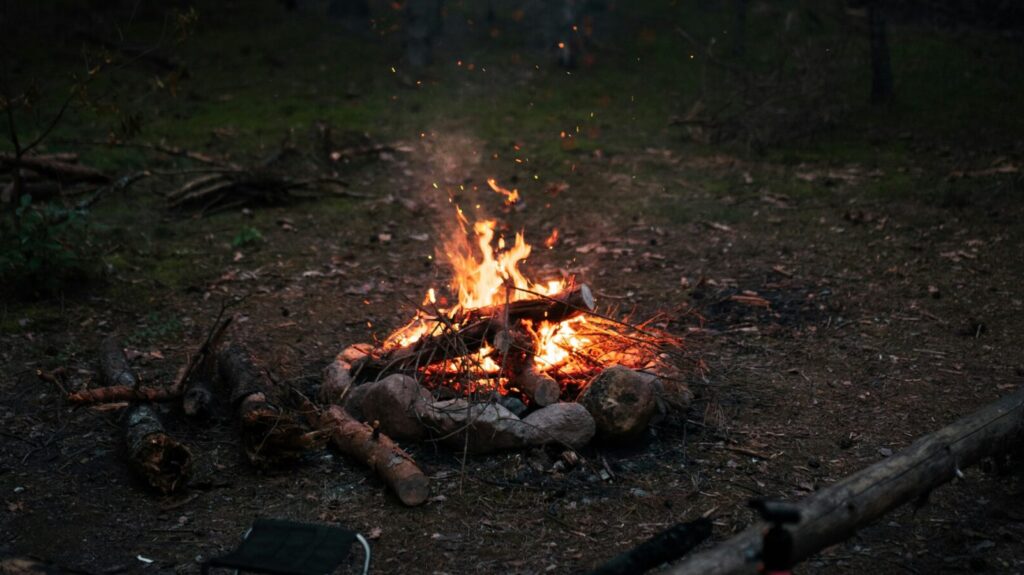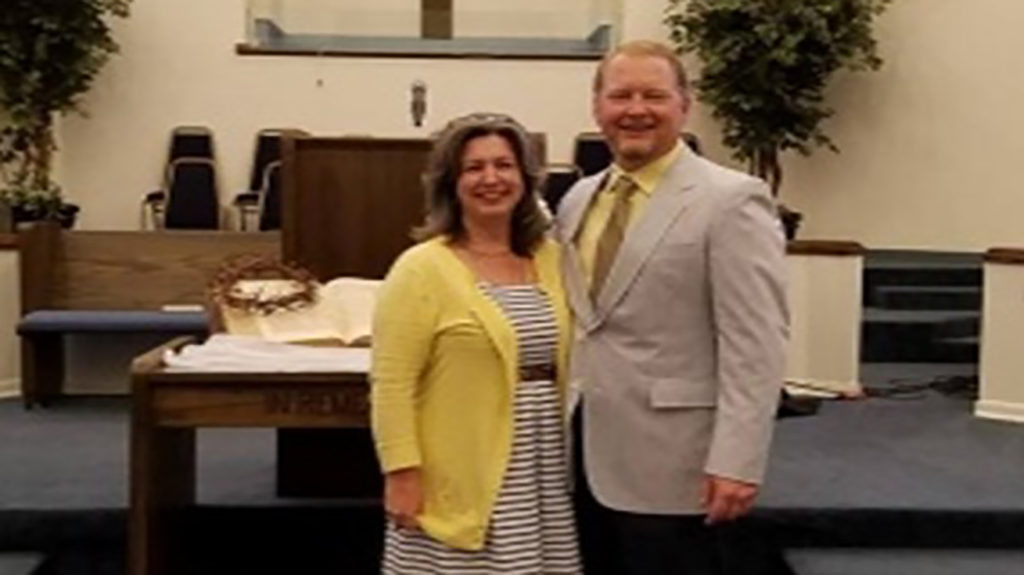Breast cancer awareness is growing. Rosie O’Donnell and other celebrities are wearing pink ribbons in support of breast cancer survivors and to memorialize victims. Fund-raisers are ritzy and splashy. A postage stamp now commemorates the disease. Issued in July 1998, it reads: “Breast Cancer: Fund the Fight, Find a Cure.”
Most prominent of all, perhaps, is the “one in eight” statistic. But the statistic is not what it seems.
“Individual women often interpret this statistic to mean that their risk is one in eight right now, which causes panic and is not very helpful,” said Lisa Bailey, M.D., a Berkeley oncologist and past president of the California chapter of the American Cancer Society.
Over course of life
What the number refers to, said Bailey, is a woman’s chance of developing breast cancer over the course of her lifetime. But, she added, it leads women to dramatically overestimate their own risk of breast cancer.
One-in-eight means something different from looking around at one’s eight closest women friends and figuring that one has breast cancer right now, she said.
“A woman’s true risk is getting older,” Bailey said, “because a woman’s chance of getting breast cancer rises steadily with age.”
Julia Knight, a Canadian researcher who has worked on developing a more realistic model for calculating breast cancer risk, said, “The one-in-eight statistic comes from looking at large groups of women over a lifetime … . It doesn’t say anything about any one woman’s specific situation right now, given her environment and personal risk factors.”
The other thing to remember is that one in eight refers to diagnosis, not death. So while many women will indeed develop breast cancer, the vast majority of those women, especially those who find the cancer early, will beat the disease and live on. The five-year survival rate for breast cancer found before it has spread outside the breast is 97 percent. The five-year survival rate for all breast cancers, including those found after they’ve spread throughout the body, is 85 percent.
A new study also reports that while older women have a better chance of developing breast cancer, they tend to have less aggressive breast cancers than younger women. And women with lymph-node negative breast cancer who are older than 70 survive as long as their contemporaries without breast cancer, according to the study.
Dr. Sami G. Diab of the Rocky Mountain Cancer Centers in Aurora, Colo., and colleagues report these findings in the April 5 issue of the “Journal of the National Cancer Institute.” “This study clearly demonstrates that breast cancer in the elderly has distinctive biologic and clinical characteristics,” the researchers wrote.
But whatever the age, early detection remains the best hope for women.
Mammography is currently the best detection tool, but it misses at least 10 percent of malignancies.
Digital mammograms, a self-mammogram machine and the use of magnetic resonance imaging (MRI) are all possibilities looming for detection.
Officials at Baptist Medical Centers in Birmingham said they also have a breast cancer risk assessment model they are now using.
(Compiled from the American Cancer Society, planetrx.com and Baptist Medical Centers)





Share with others: